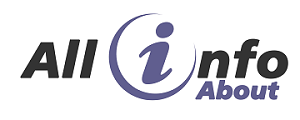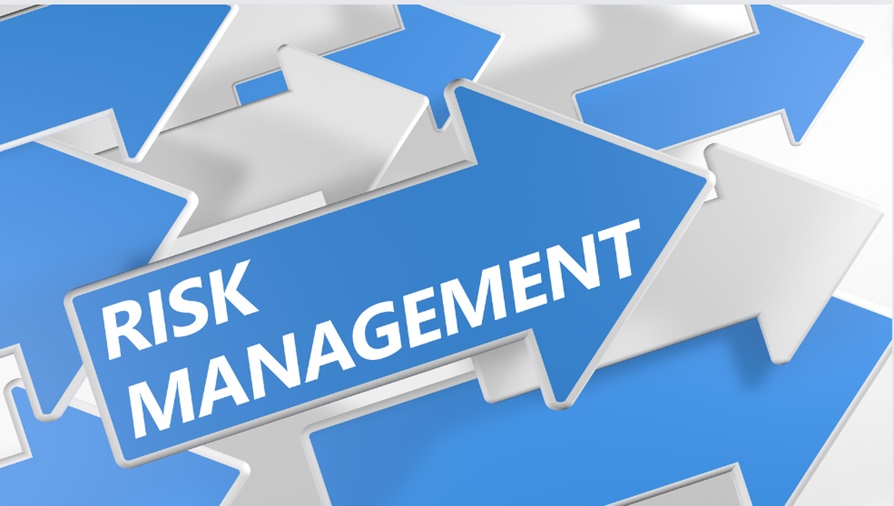In today’s fast-paced business environment, effective oversight of vendor relationships is crucial. It is essential to implement robust strategies to ensure that all third-party risk management solutions are beneficial and compliant with regulatory standards. Integral to this process is the evaluation of key performance indicators (KPIs) that can provide insights into the effectiveness of risk management practices. This article discusses the key metrics that organizations should monitor in their third-party risk management programs to ensure success.
Compliance with Regulations and Standards
One of the primary goals of third party risk management solutions is to ensure that vendors comply with regulations and standards applicable to their industry. This includes adhering to data privacy laws, security requirements, and other regulatory guidelines. By monitoring this metric, organizations can identify potential risks in vendor relationships and take proactive measures to mitigate them.
Timely Risk Assessments
Conducting regular risk assessments is crucial in identifying and addressing potential risks associated with third-party relationships. Organizations should have a defined schedule for conducting these assessments to ensure timely identification and remediation of any risks. This metric helps organizations keep track of the status of their ongoing risk assessments.
Vendor Due Diligence
One of the best practices for a third-party risk management program is to conduct thorough due diligence on all vendors before establishing a business relationship. This includes reviewing their financial stability, regulatory compliance, and track record of security incidents. By monitoring this metric, organizations can ensure that all necessary due diligence has been performed and any potential risks have been identified.
Incident Response Time
In the event of a security breach or data breach involving a vendor, the response time is crucial in mitigating damages and minimizing potential risks. Organizations should monitor this metric to ensure that vendors have proper incident response plans in place and can respond promptly in case of any incidents.
Contract Management
Proper contract management is essential for establishing clear expectations, responsibilities, and obligations between an organization and its vendors. This includes monitoring contract expiration dates, renewal processes, and compliance with the terms and conditions outlined in the agreement. Monitoring this metric helps organizations identify potential risks associated with contracts and make proactive decisions to mitigate them.
Financial Stability
The financial stability of a vendor is an essential factor in evaluating their risk profile. Organizations should monitor this metric to ensure that vendors are financially stable and have the resources to fulfill their contractual obligations. This includes tracking credit ratings, financial statements, and other relevant financial information.
Business Continuity Planning
In today’s constantly evolving business landscape, it is crucial for organizations to ensure that their vendors have proper business continuity plans in place. This includes monitoring their ability to handle unexpected events, such as natural disasters or cyber-attacks. By monitoring this metric, organizations can identify potential risks associated with vendor continuity and take necessary measures to mitigate them.
Conclusion
In an increasingly interconnected world, careful oversight of third-party relationships is crucial for organizations aiming to minimize risk while maximizing efficiency. By focusing on key metrics, businesses can improve their third-party risk management strategies and achieve cost savings, especially in fuel expenses. Monitoring vendor compliance, conducting timely assessments, and managing performance contribute to a more sustainable approach that can influence fuel consumption. Investing in third-party risk management solutions that prioritize these metrics can lead to significant financial benefits over time.
Frequently Asked Questions
Why is third-party risk management important for healthcare compliance?
Third-party risk management is particularly vital in the healthcare sector, where compliance with stringent regulations is paramount. The sensitive nature of patient data requires healthcare organizations to ensure that all vendors handling such information adhere to privacy laws like HIPAA (Health Insurance Portability and Accountability Act). For more insights on the importance of third-party risk management in healthcare compliance, you may check out this blog.
Why is vendor due diligence important?
Conducting due diligence helps identify potential risks associated with a vendor before entering a business relationship, which can prevent costly issues later on.





